Zanzibar Gem, also known as Zamioculcas zamiifolia, is a popular houseplant known for its glossy, dark green leaves and easy-care nature.
This low-maintenance plant can thrive in a variety of indoor environments, making it a favorite among plant enthusiasts.
One of the essential factors in keeping your Zanzibar Gem healthy is providing it with the proper watering schedule.
To determine how often you should water your Zanzibar Gem, it's important to understand its native habitat and water requirements.
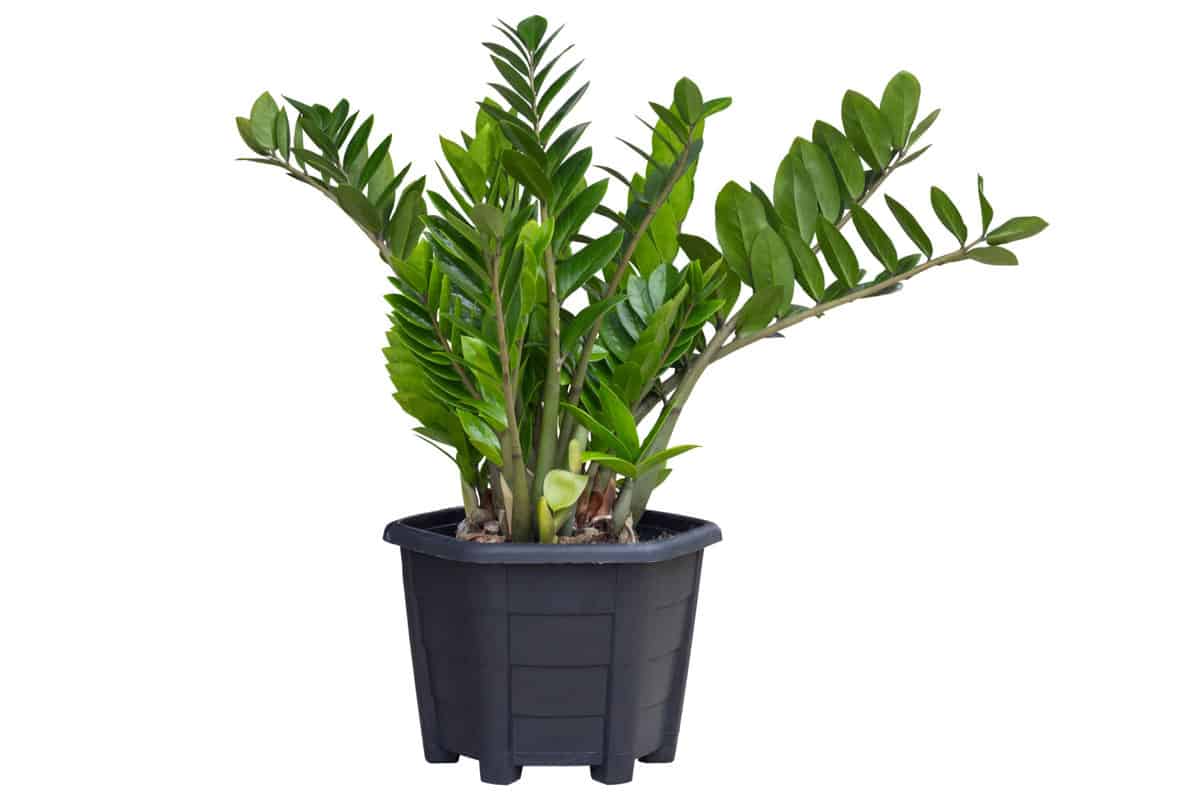
Zanzibar Gem's Native Climate
Zanzibar Gem, also known as ZZ plant, originally hails from Eastern Africa. It thrives in warm and somewhat dry environments.
In nature, it's typically found on the floor of lowland forests or growing along riverbanks, where it receives dappled sunlight and occasional periods of intense rainfall.
As a result, the ZZ plant is well-adapted to handle both drought and short bursts of heavy watering.
However, it doesn't appreciate being too wet for extended periods, which can lead to root rot.
With this background knowledge and understanding of the Zanzibar Gem's growth habits, you can tailor your watering schedule to mimic its natural environment and keep your plant healthy and happy.
Ideal Watering Schedule for Zanzibar Gem
Zanzibar Gem is a low maintenance plant when it comes to watering. It only needs a moderate amount of water. Here's how much it actually wants.

Frequency of Watering
It's essential not to overwater your Zanzibar Gem, as this can lead to root rot and other issues.
Instead, let the top layer of soil dry out between each watering to provide your plant with just the right amount of moisture it needs to thrive.
You should water your ZZ plant once every 2-3 weeks because it prefers to dry out between waterings.
Best Time to Water
The best time to water your Zanzibar Gem is in the morning. This allows the plant to uptake water throughout the day when it's actively photosynthesizing.
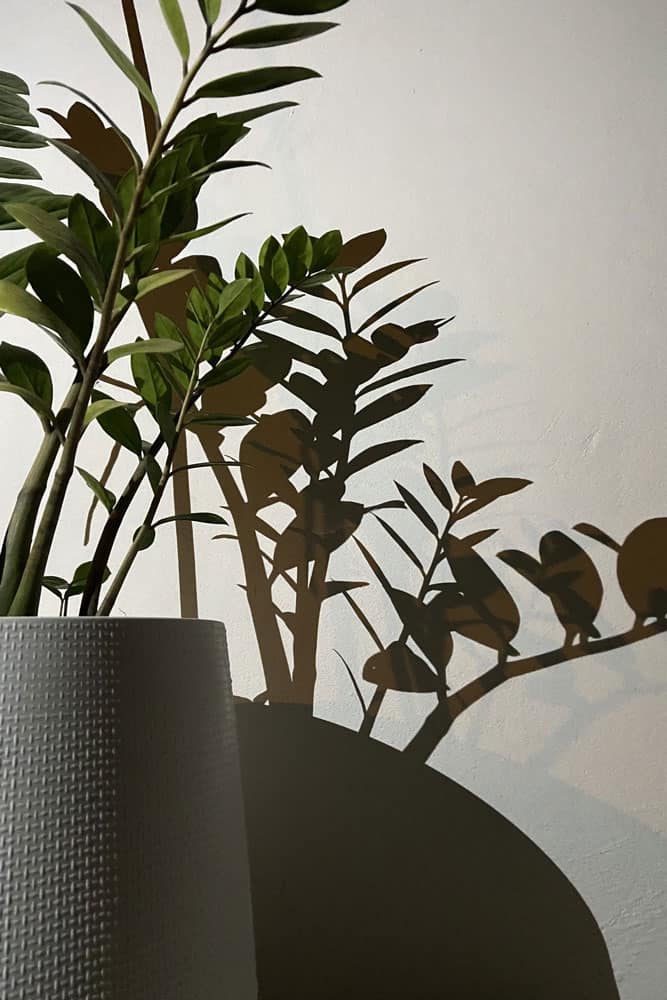
It also gives excess water time to evaporate from the surface before nightfall, reducing the risk of fungal growth.
Should Watering Frequency Change with Seasons?
Yes, the watering frequency for your Zanzibar Gem should change with the seasons as temperature and humidity levels fluctuate.
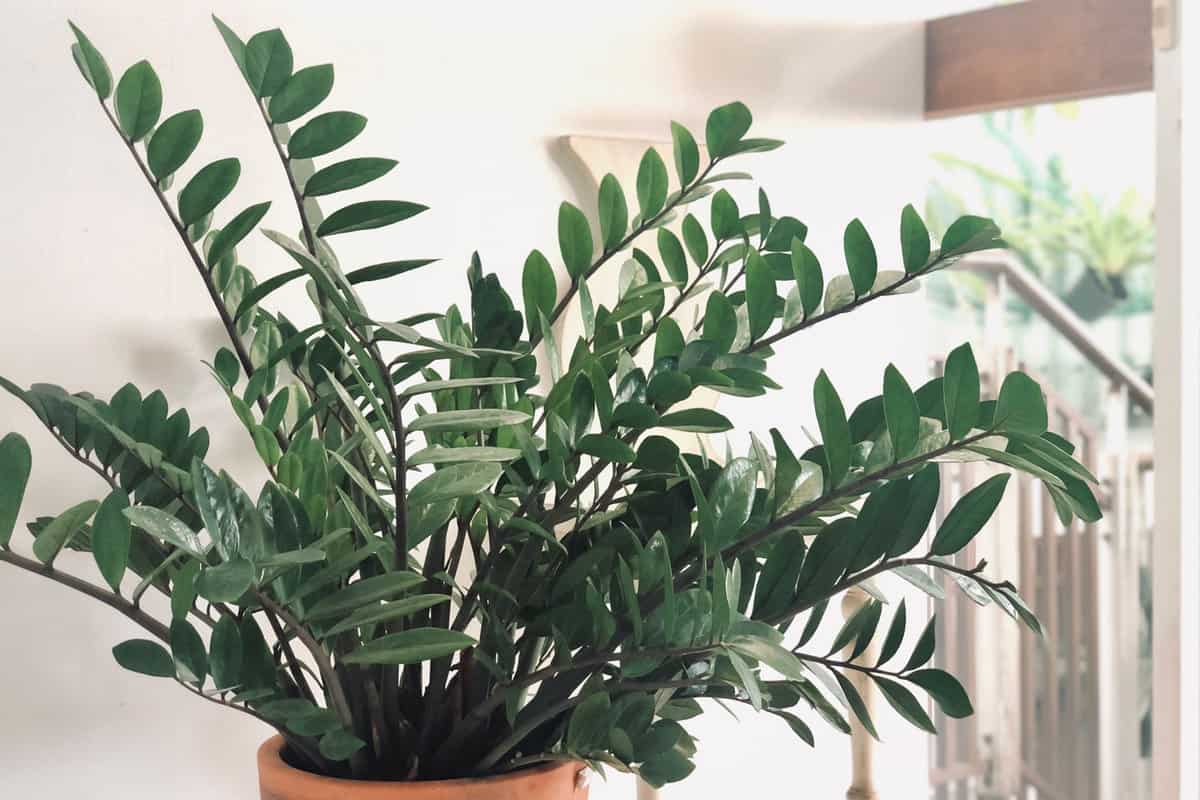
During the summer months, your plant may require more frequent watering due to increased evaporation.
Conversely, in the winter months, when the plant slows its growth, you can likely reduce watering frequency to once every 4-6 weeks.
Always monitor the soil moisture and adjust the watering schedule accordingly to ensure your ZZ plant is happy and healthy.
Effect of Overwatering and Underwatering
The correct watering schedule and technique will ensure your ZZ plant will thrive. Otherwise, here are some signs that it may be overwatered or underwatered.
Symptoms of Overwatering
Overwatering your Zanzibar Gem can have detrimental effects on its health. When you provide too much water, the roots can suffocate and begin to rot.
It's essential to recognize the symptoms of overwatering to prevent further damage:
1. Yellowing Leaves
If you notice your plant's leaves are turning yellow, it might be a sign of overwatering.
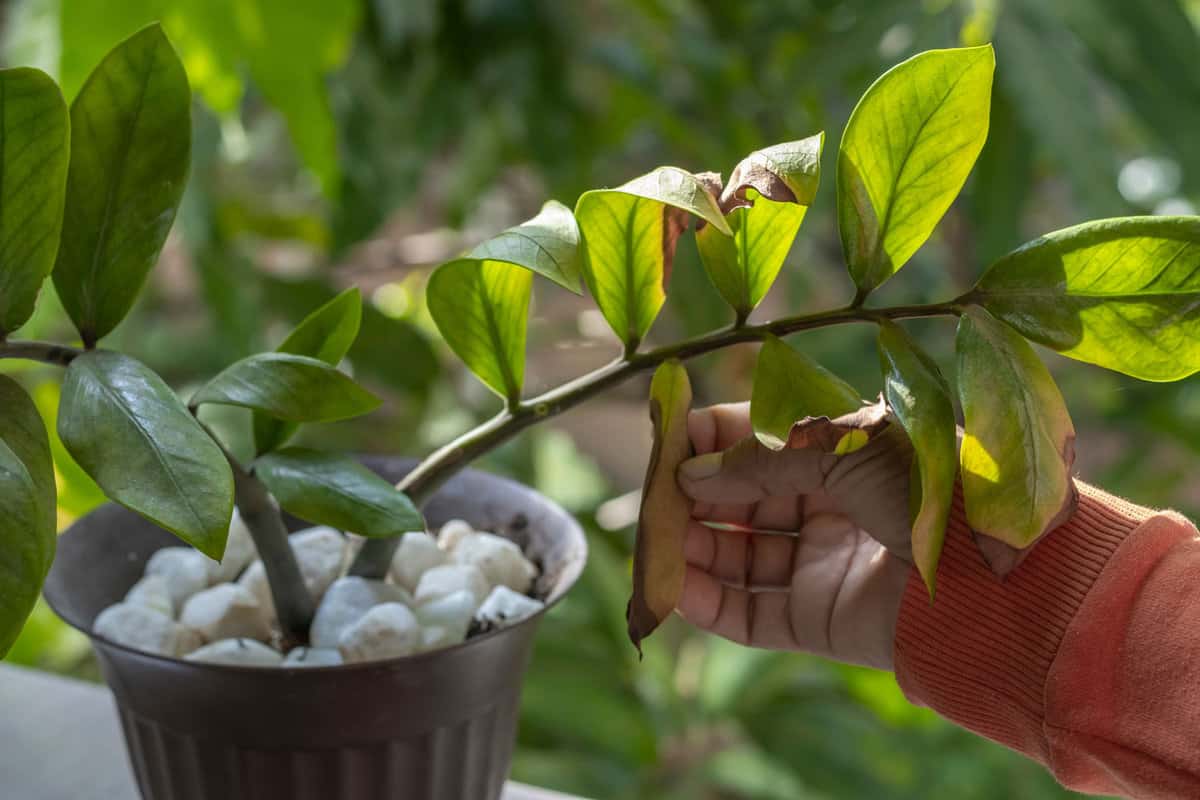
2. Mushy Stem
A soft, mushy stem can indicate that the plant is getting too much water, leading to root rot.
3. Wilting Despite Wet Soil
If your Zanzibar Gem is wilting even when the soil is wet, it's likely suffering from overwatering.
Symptoms of Underwatering
On the other hand, underwatering your Zanzibar Gem can also harm the plant. Here are some symptoms of underwatering to watch out for:
1. Brown Leaf Tips
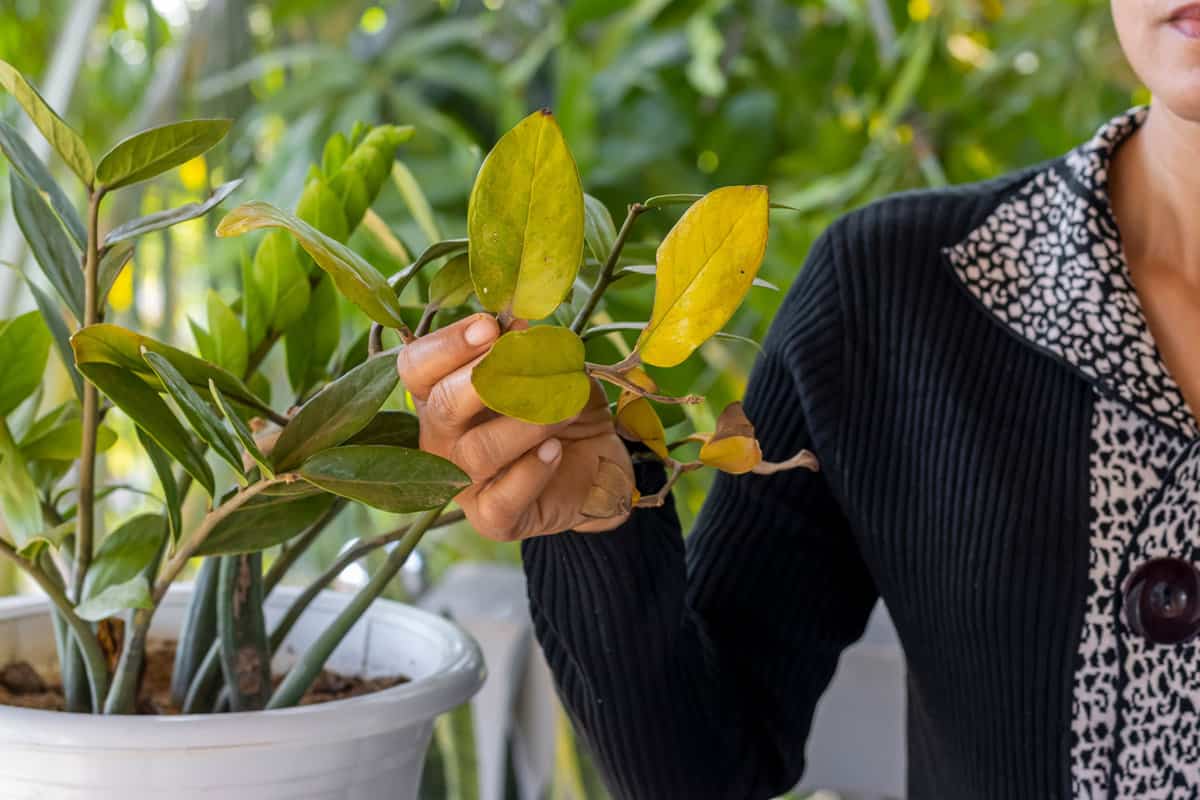
When your plant is not receiving enough water, the leaf tips can turn brown and crispy.
2. Slow or No Growth
If your Zanzibar Gem isn't growing or its growth rate has slowed down, it could be due to insufficient water.
3. Dry Soil
Check the soil regularly and make sure it doesn't stay dry for extended periods. A dry soil is a clear sign that your plant needs more water.
Avoid making exaggerated claims and keep the section brief without adding any overall conclusion.
Essential Tips for Watering Zanzibar Gem
Taking proper care of your Zanzibar Gem plant involves understanding how often to water it and what type of water to use.
Here are some essential tips for watering your Zanzibar Gem to ensure optimal growth and health.
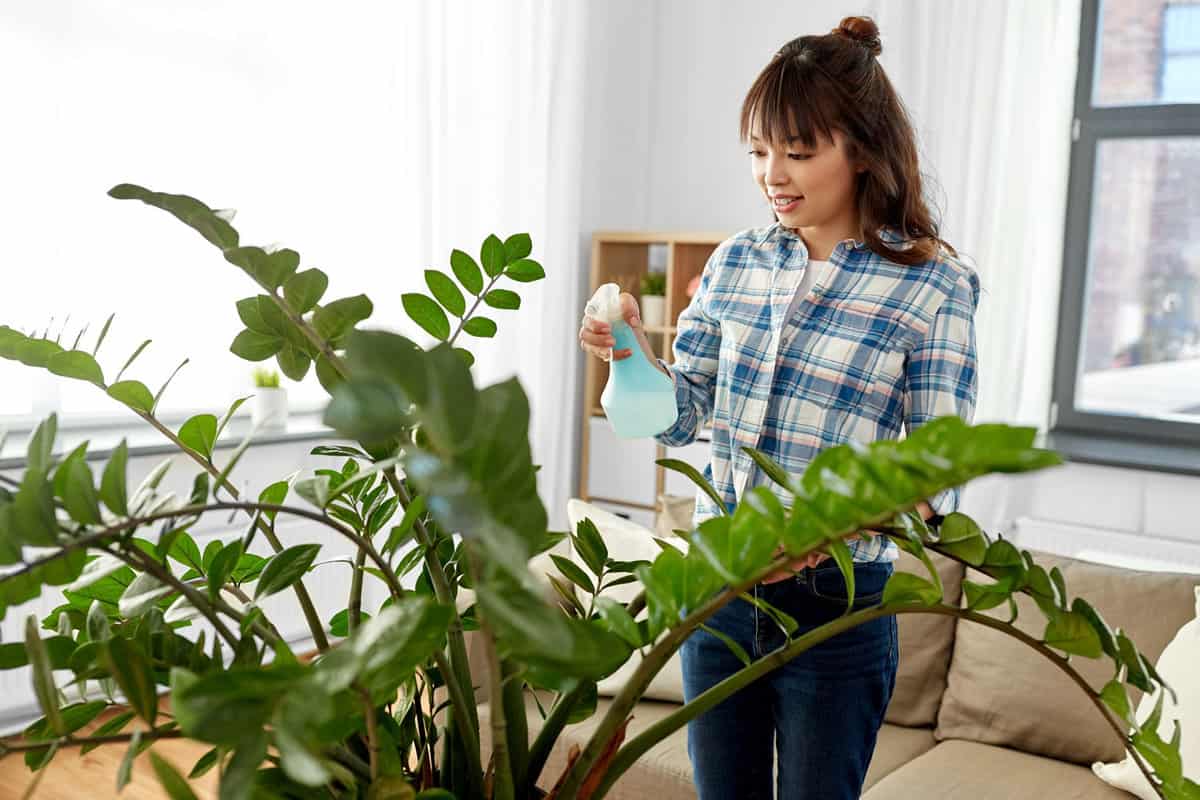
Type of Water to Use
Always use water that is free of harsh chemicals, salts, and other impurities while watering your Zanzibar Gem.

It is recommended to use room temperature distilled water or rainwater.
By using clean and purified water, you're promoting better plant growth and preventing potential damage to the foliage.
Proper Drainage System
Good drainage is important for the health of your Zanzibar Gem plant.
Make sure to plant it in a container with drainage holes at the bottom to avoid waterlogging and root rot.
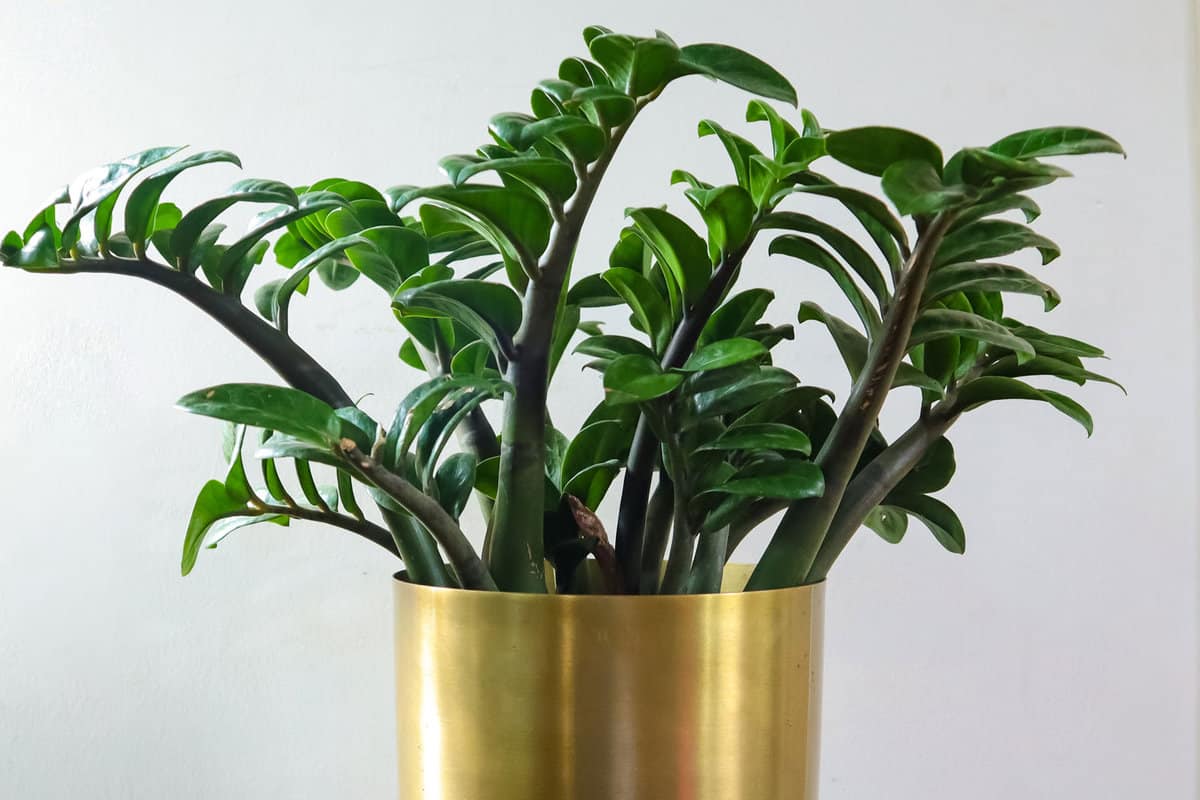
Use a well-draining potting mix, and keep an eye on the moisture levels of the soil.
When you water your plant, make sure the excess water is able to drain away easily.
This will help prevent the roots from sitting in soggy soil, which can lead to root rot and other issues.
Lastly, remember to place a saucer under the pot to catch the excess water, but remember to empty it regularly to avoid stagnant water around your plant.
Zanzibar Gems Only Need Moderate Watering
Caring for your Zanzibar Gem is quite simple, and with the right watering schedule, it can thrive beautifully.
Remember to water your plant sparingly, as it prefers to be on the drier side.
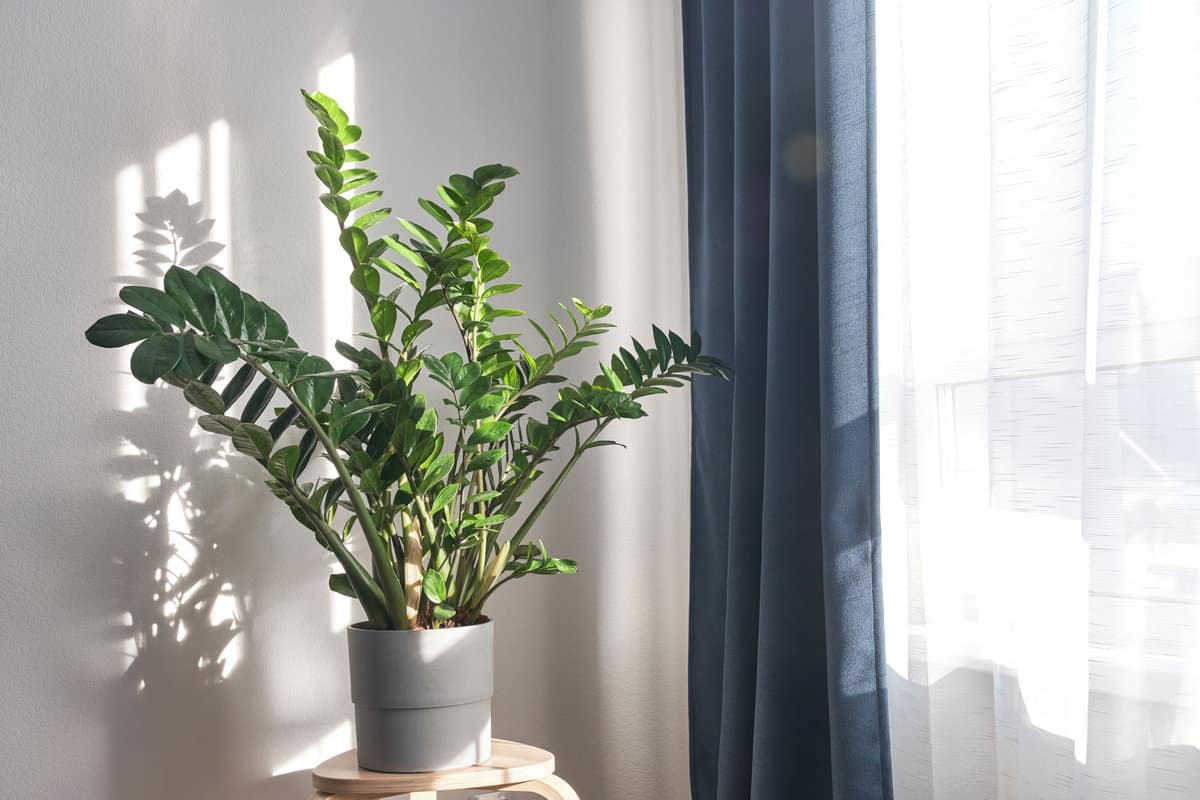
It's also important to pay attention to your plant's signals. If you notice yellowing or wilting leaves, this could mean that your Zanzibar Gem is getting too much water or not enough.
Be mindful of the surrounding environment, as factors like humidity and temperature can impact your plant's watering needs.
Lastly, don't be afraid to experiment and find the right balance. Every plant is different, and you might discover that your Zanzibar Gem has slightly different needs than the standard recommendations.
By being attentive and responsive to your plant's wellbeing, you'll be on your way to raising a stunning and robust Zanzibar Gem.
For more on ZZ plants, check out these other articles:
Will Zanzibar Gem Grow From Cutting? Answering A Common Question
Best Fertilizer For Eternity Plant (Zz Plant) – And How To Use It
